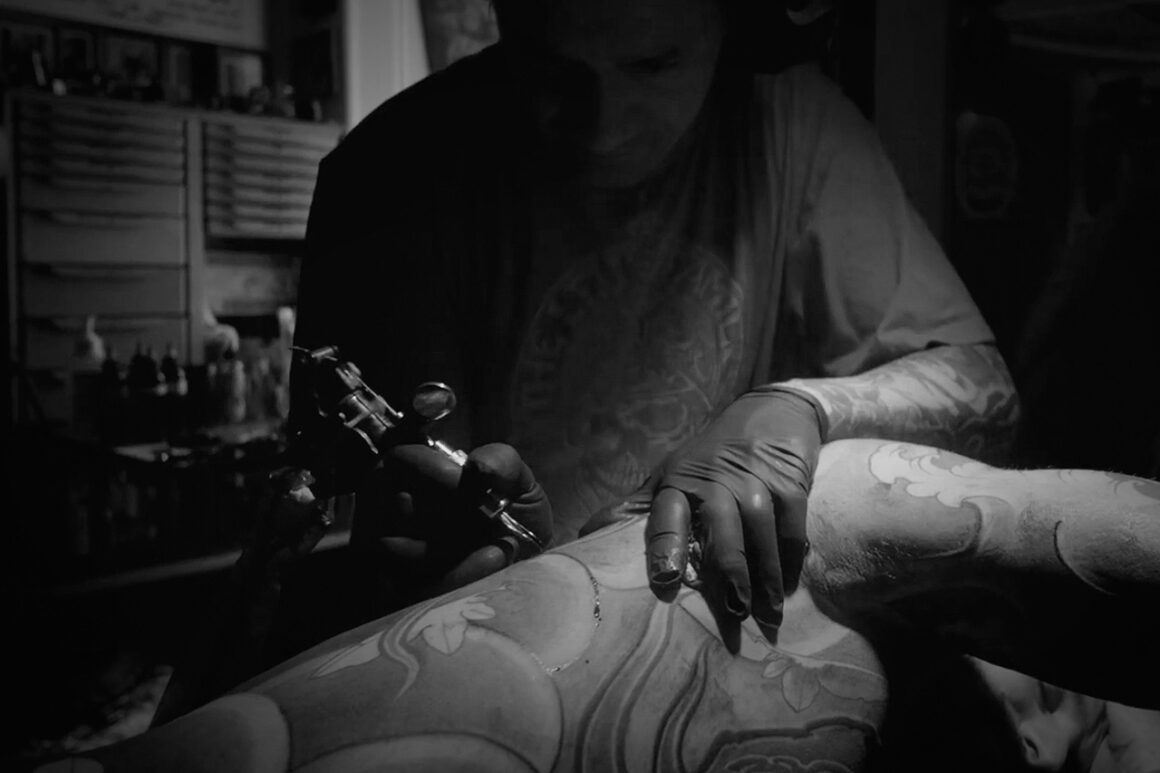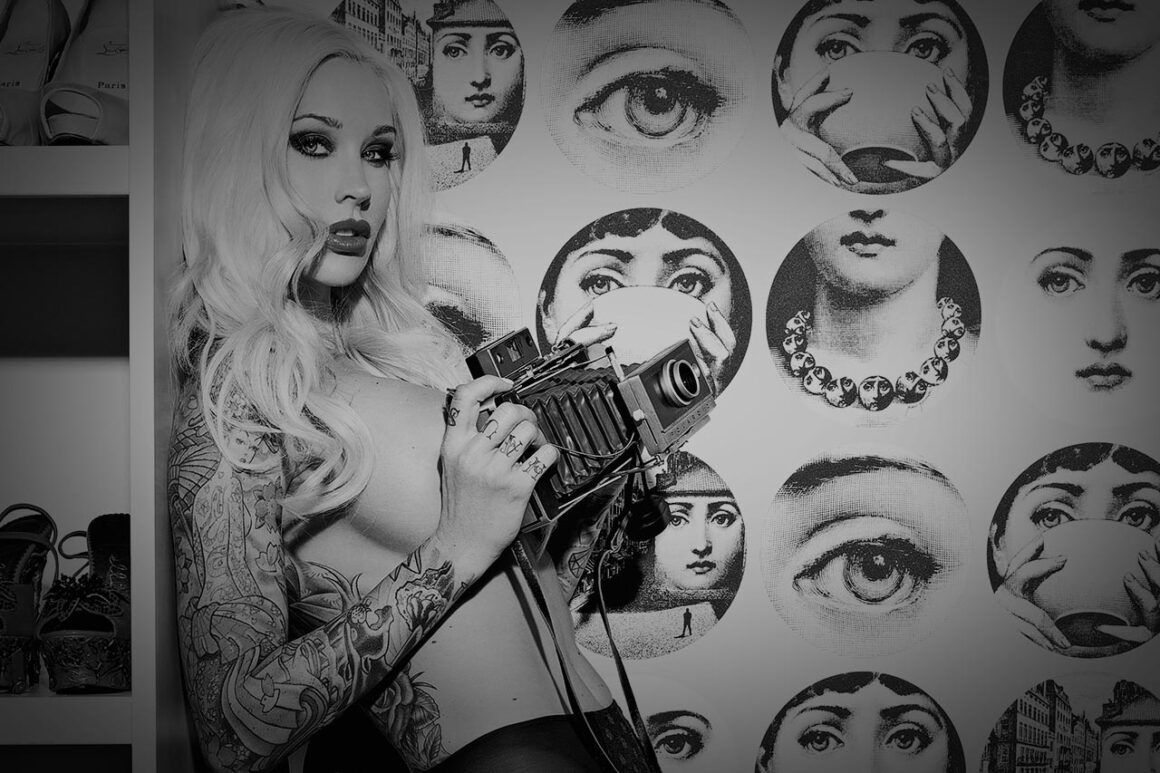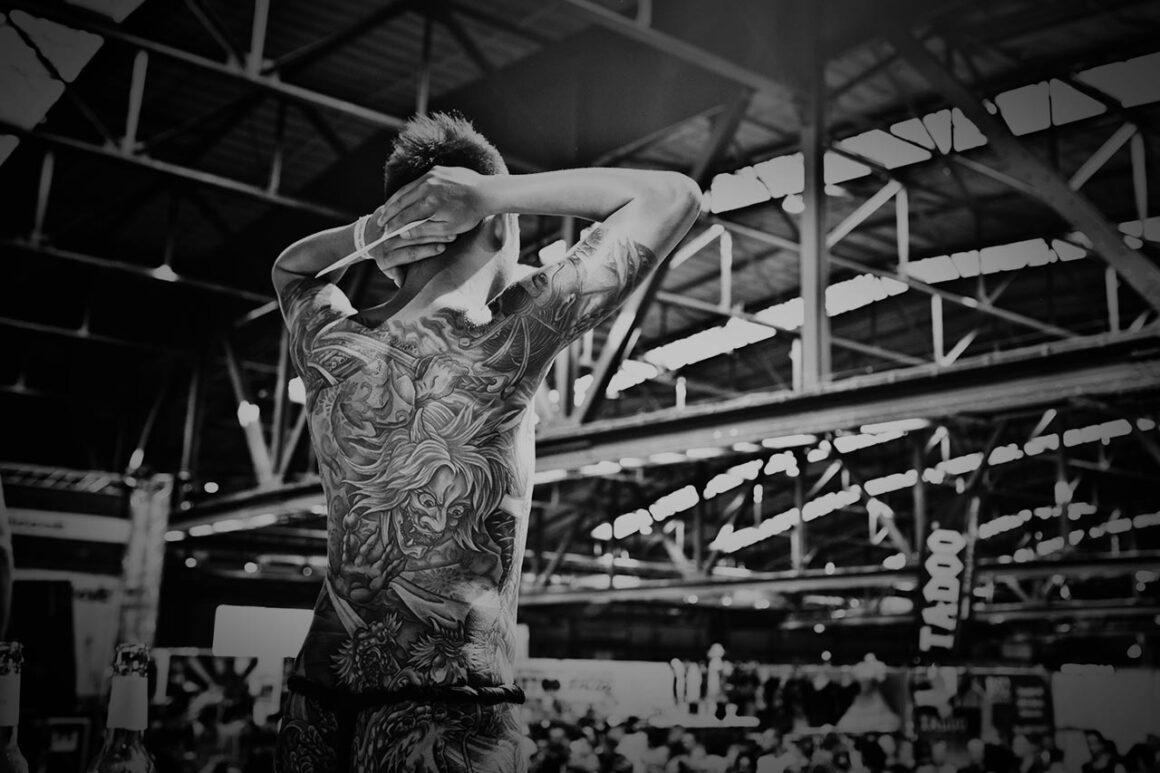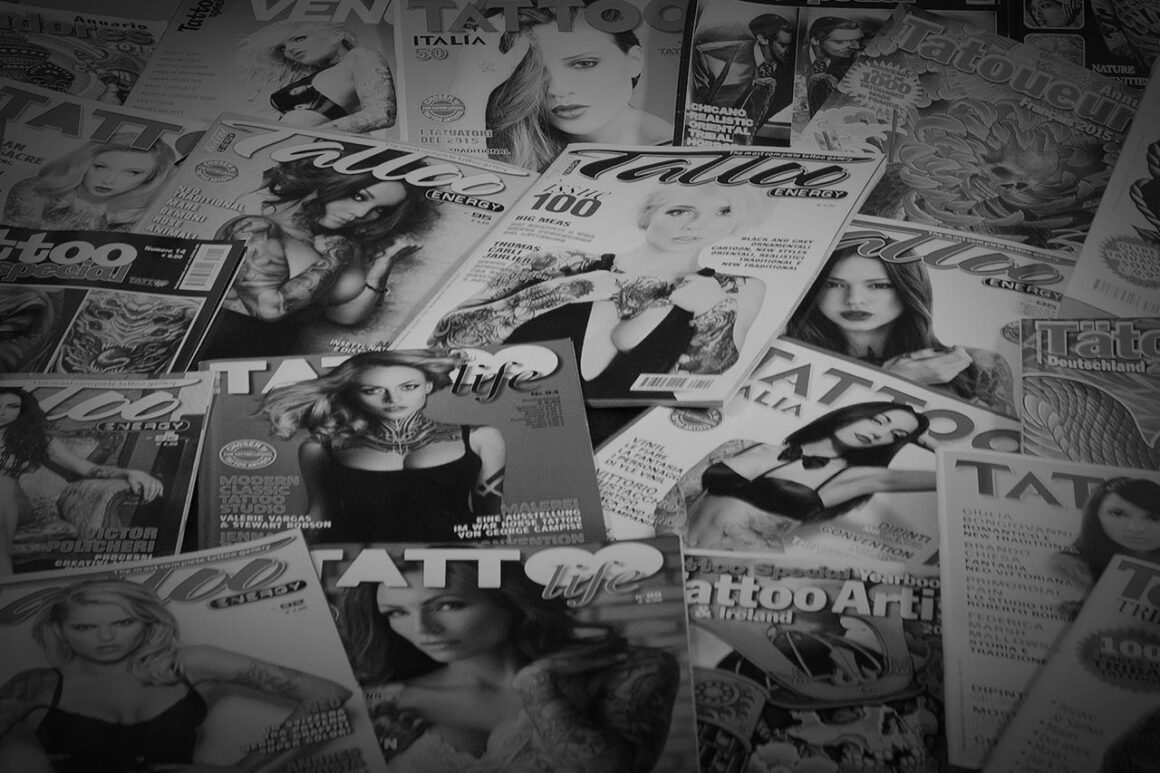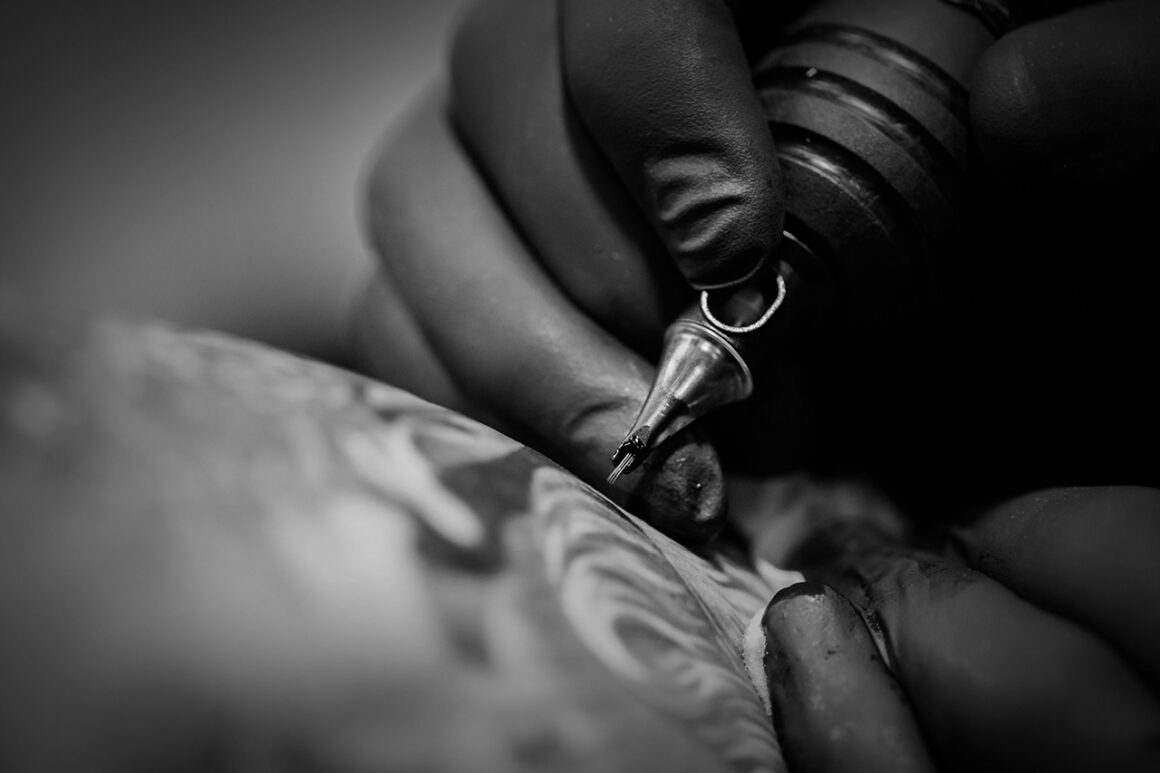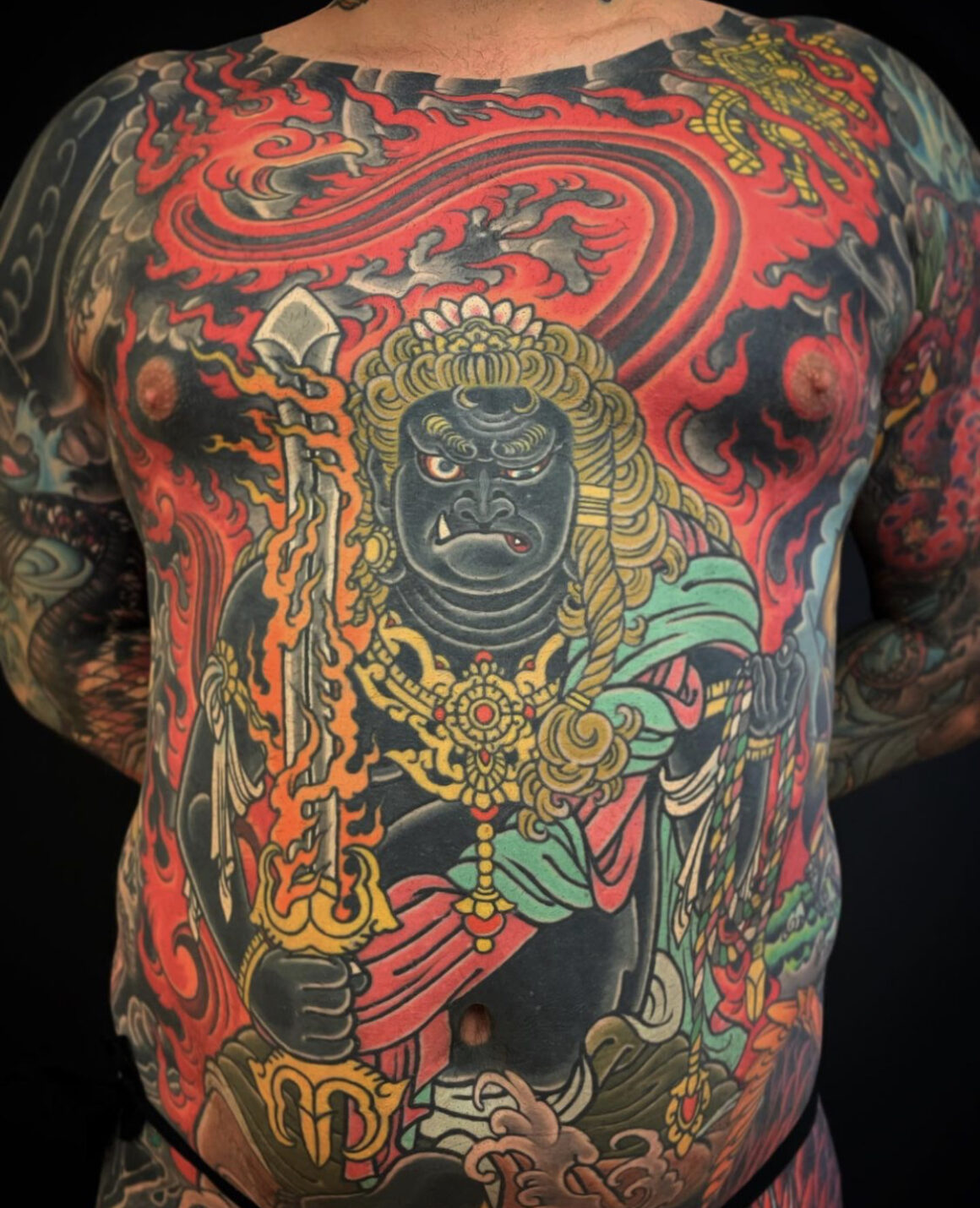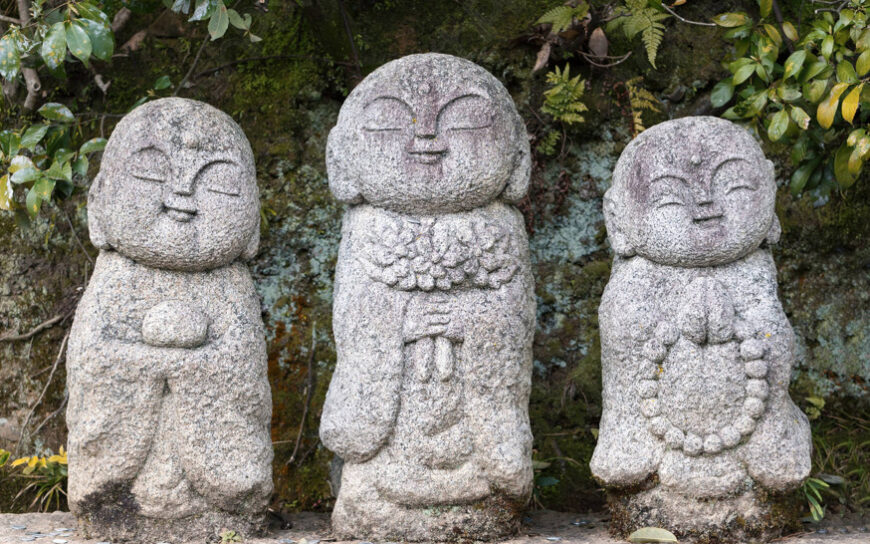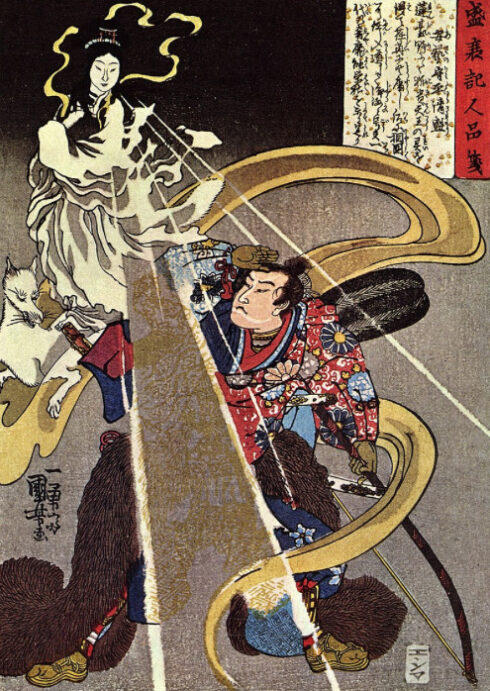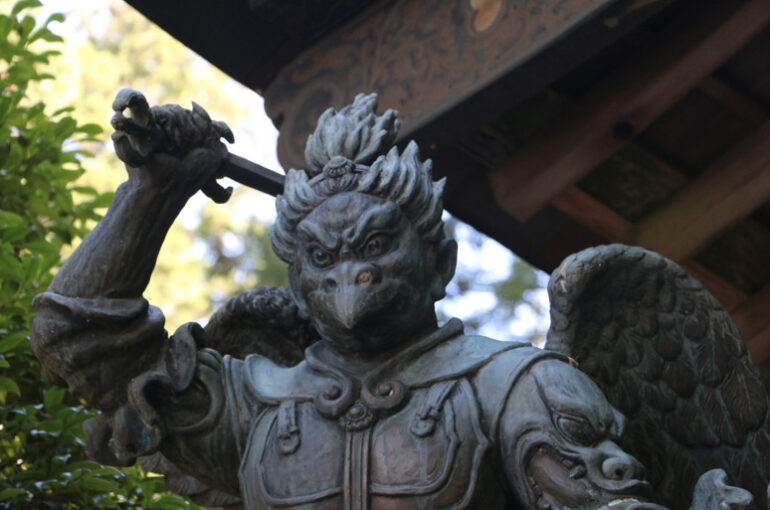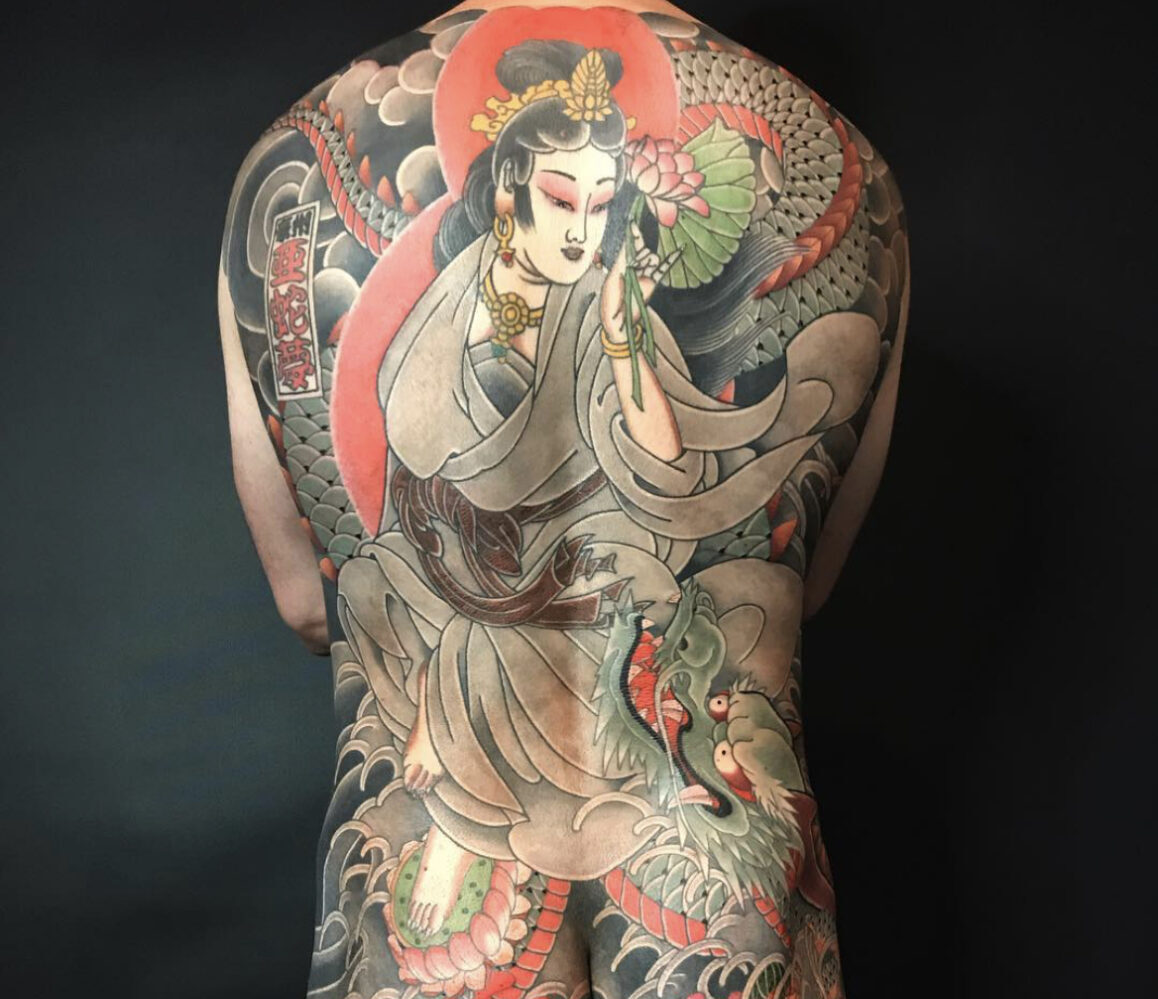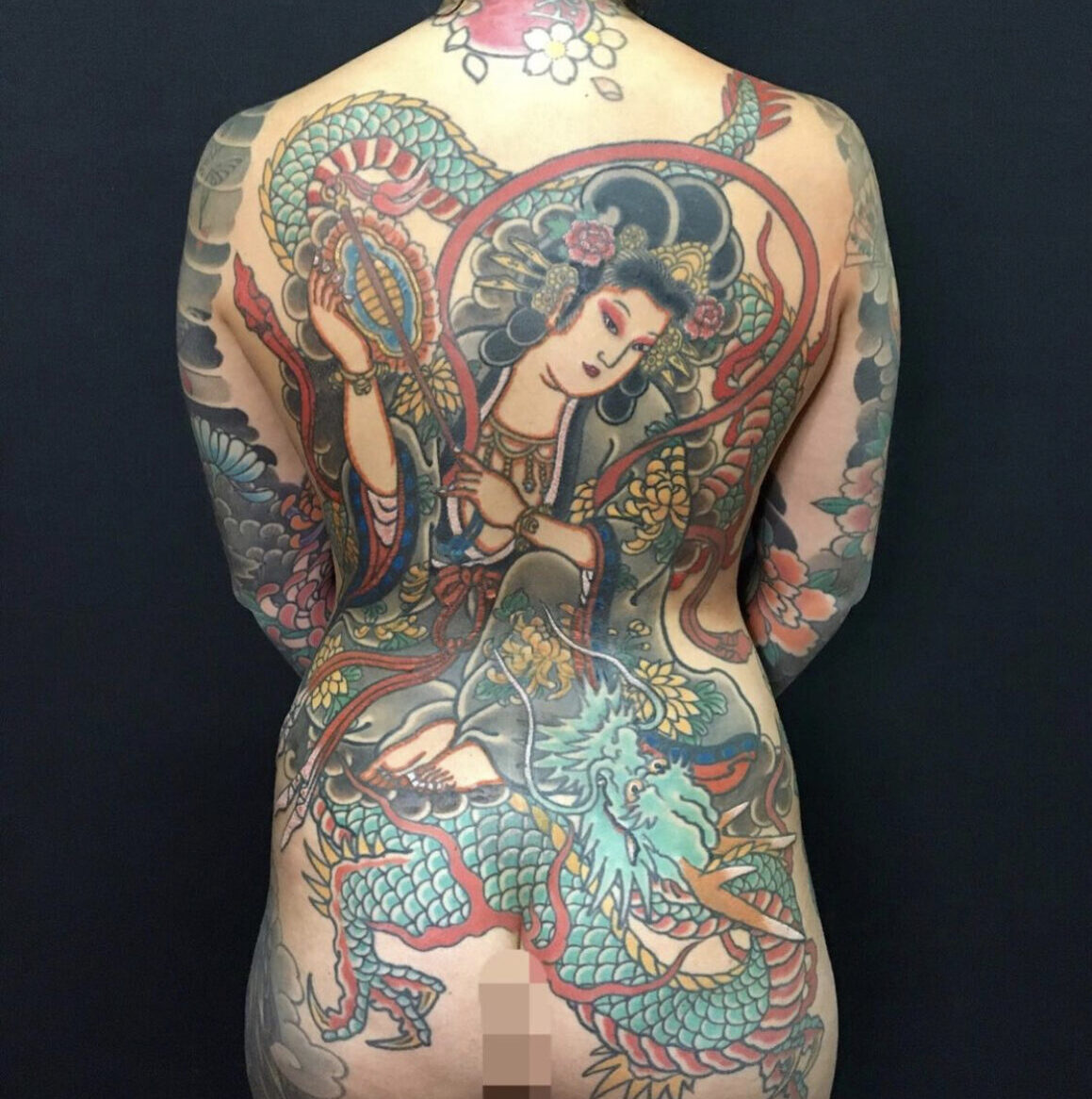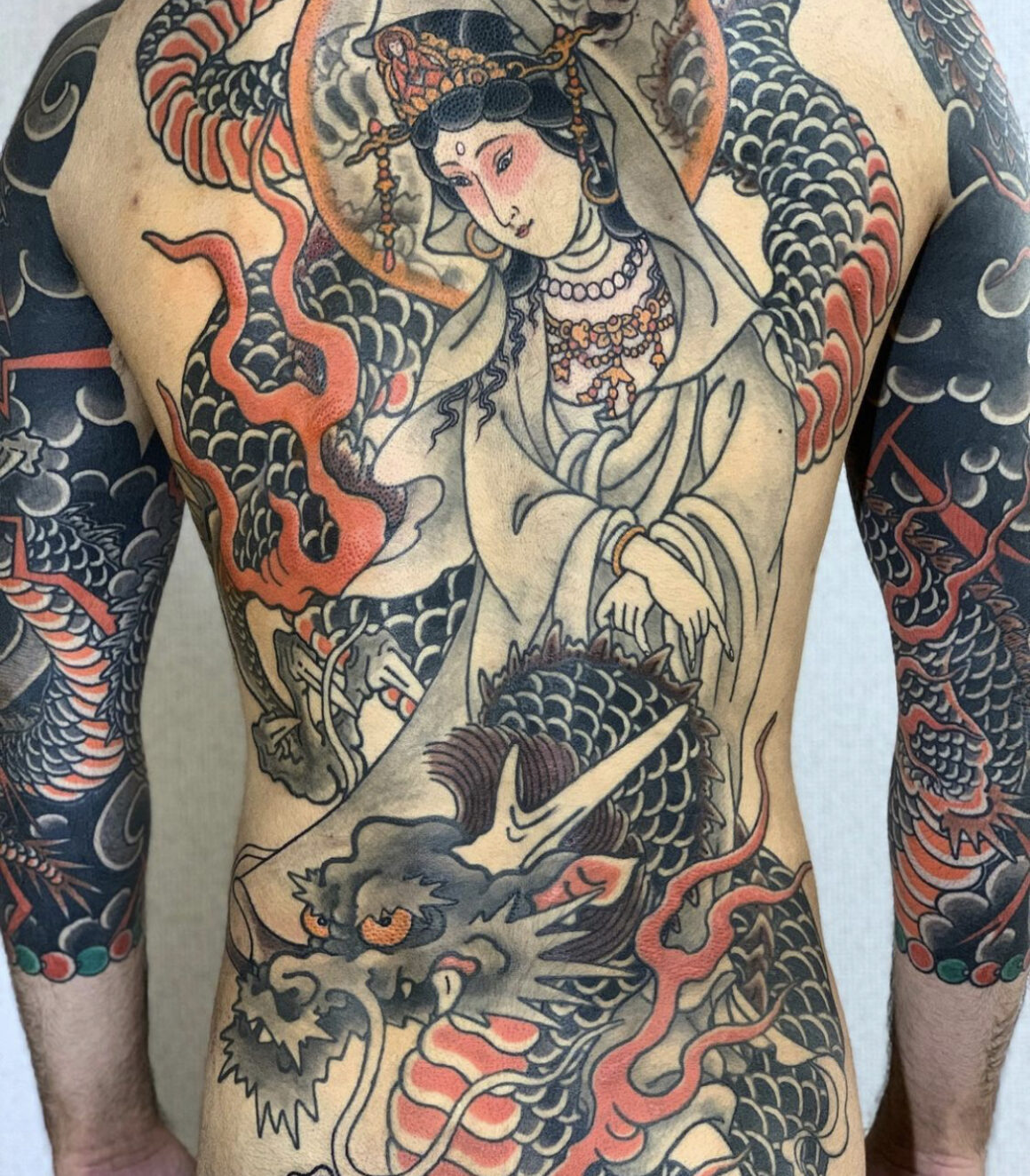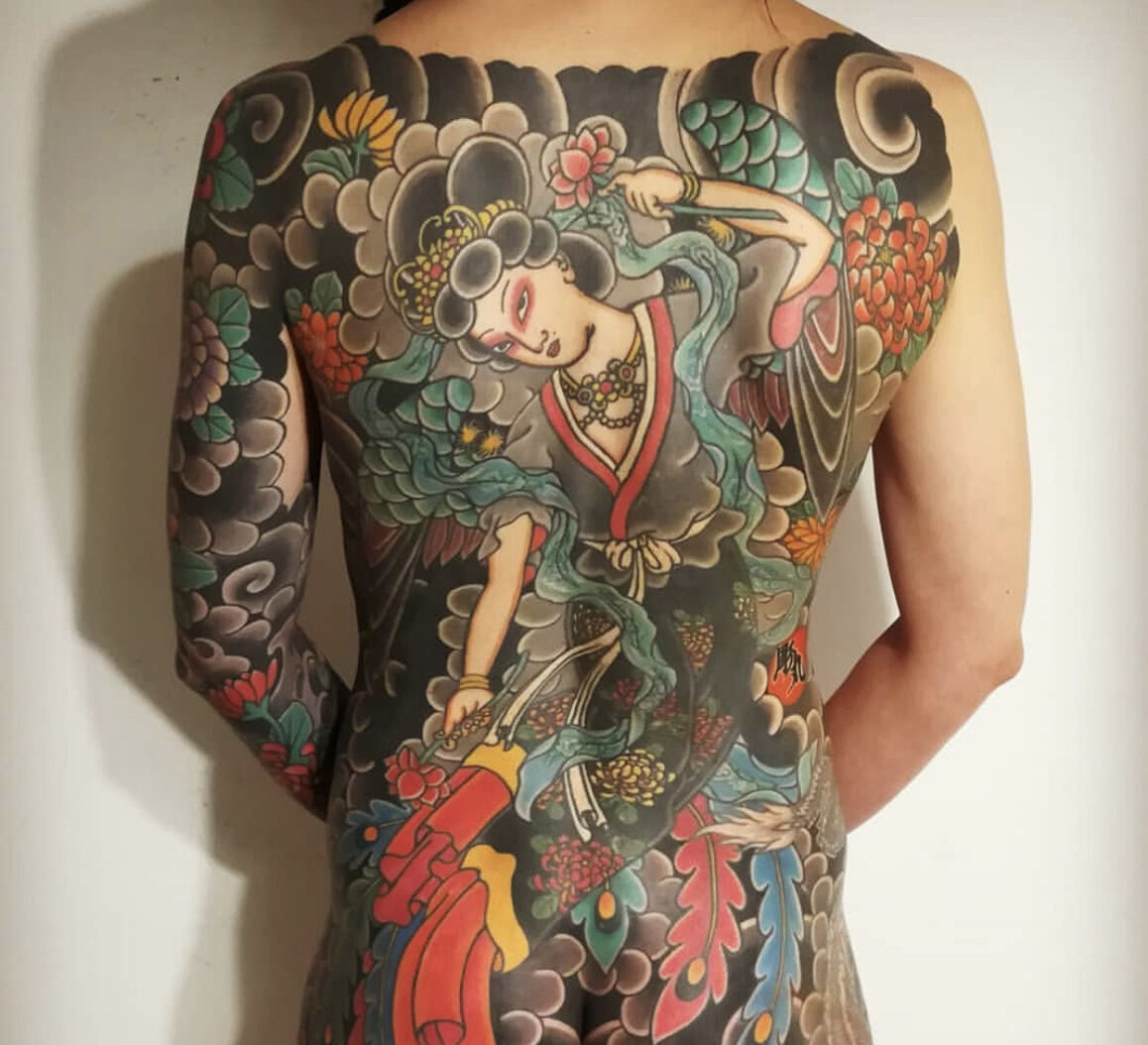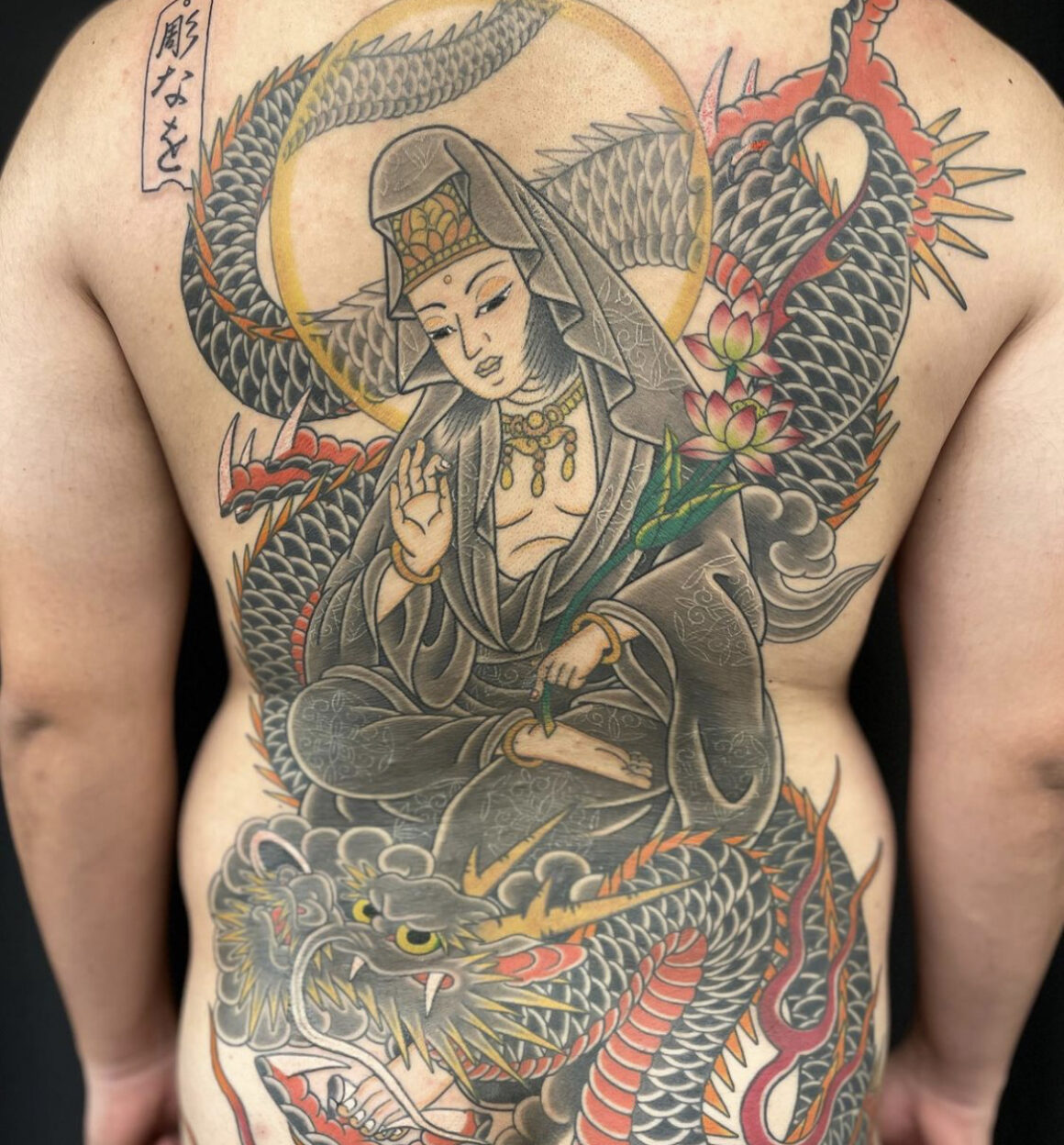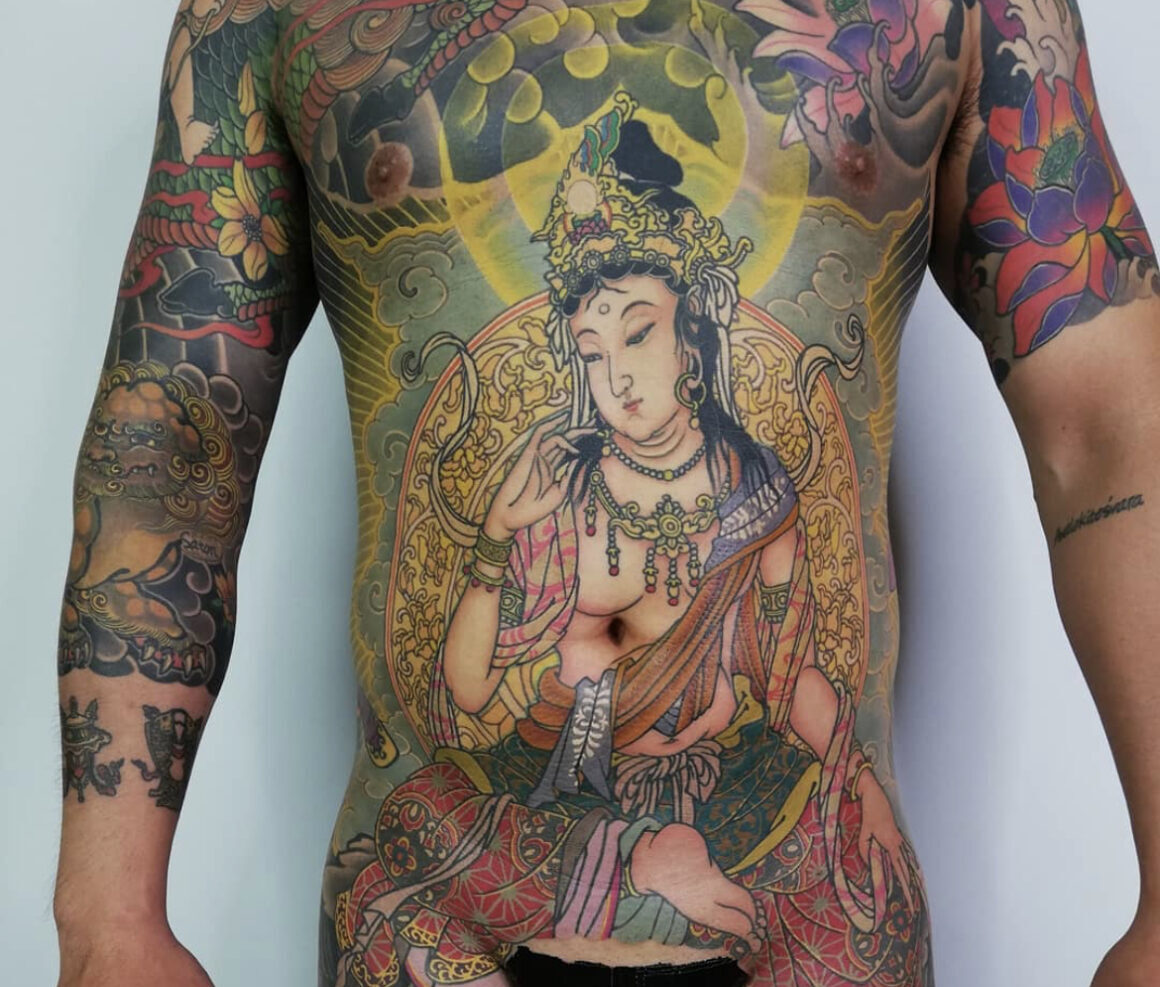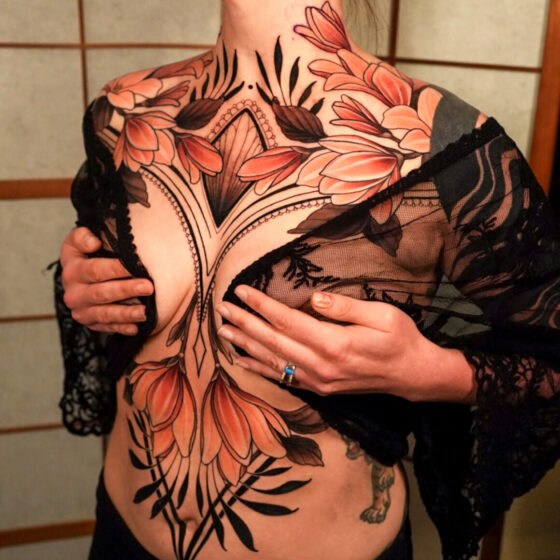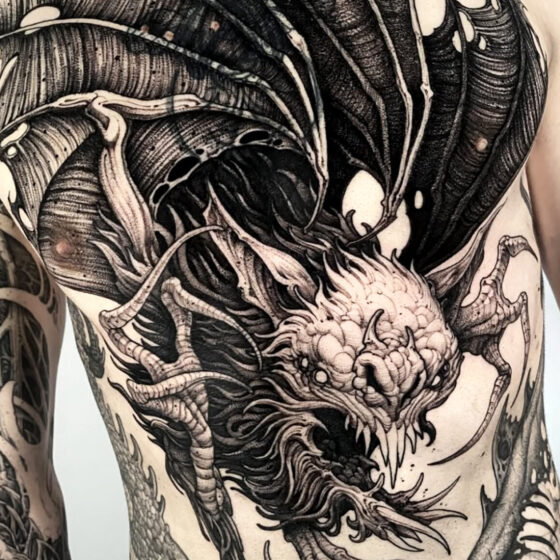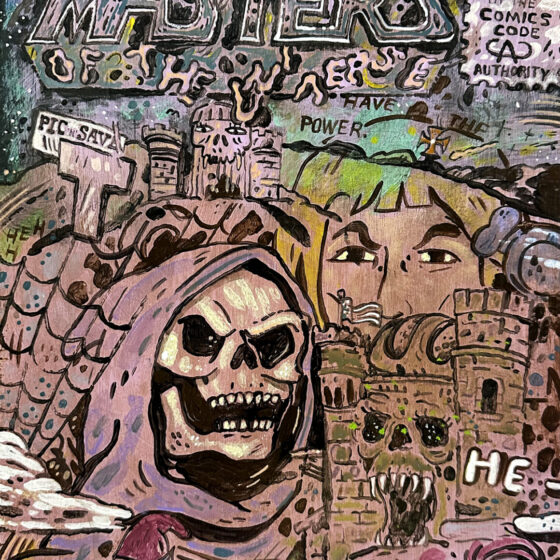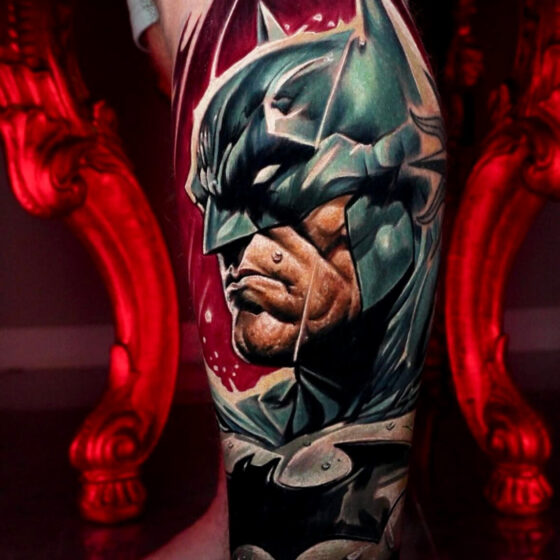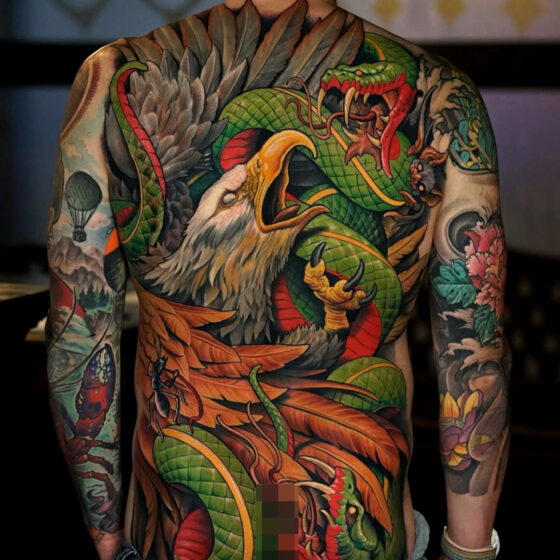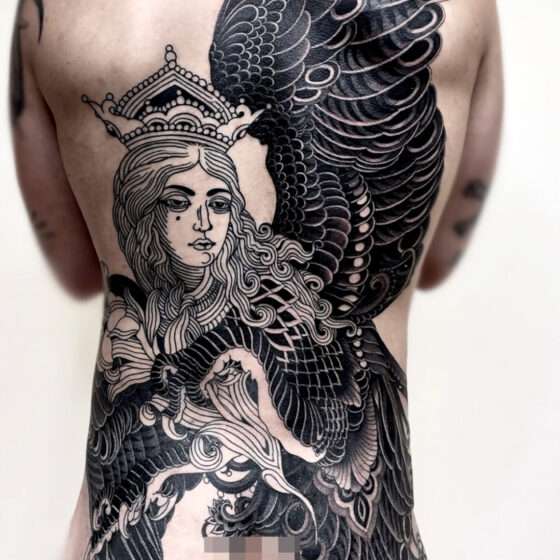Many are the gods, male and female, also considered spirits which are part of the Asian cultural tradition and the Shintoist religion which became popular in Japan.
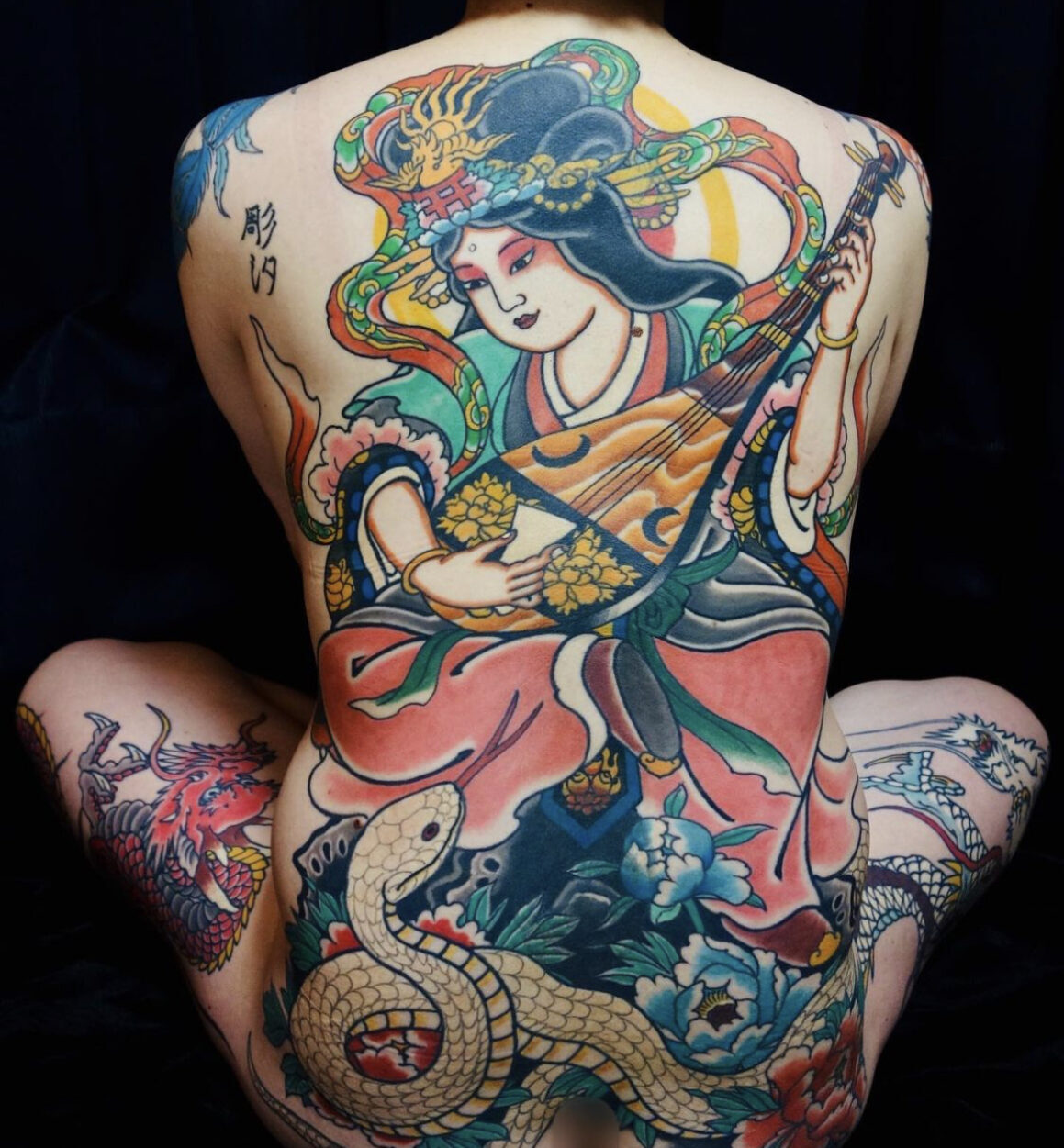
There are thousands of Kami (Spirits), many of which have been influenced by divinities and gods from the Greek, Roman, Indian and Chinese pantheons.
Kami can be good or bad. They can be incredibly powerful or relatively benign. Some of the most popular include Jizo, the protectress of children, statues of whom can often be found in Japanese temples, Raijin the Kami of thunder, lightning and storm, and Fujin the Kami of the wind who is portrayed with a bag of wind.
Inari is goddess of all that is most important in Japan, therefore rice, tea, fertility, love and worldly success. Inari uses foxes as her earthly messengers.
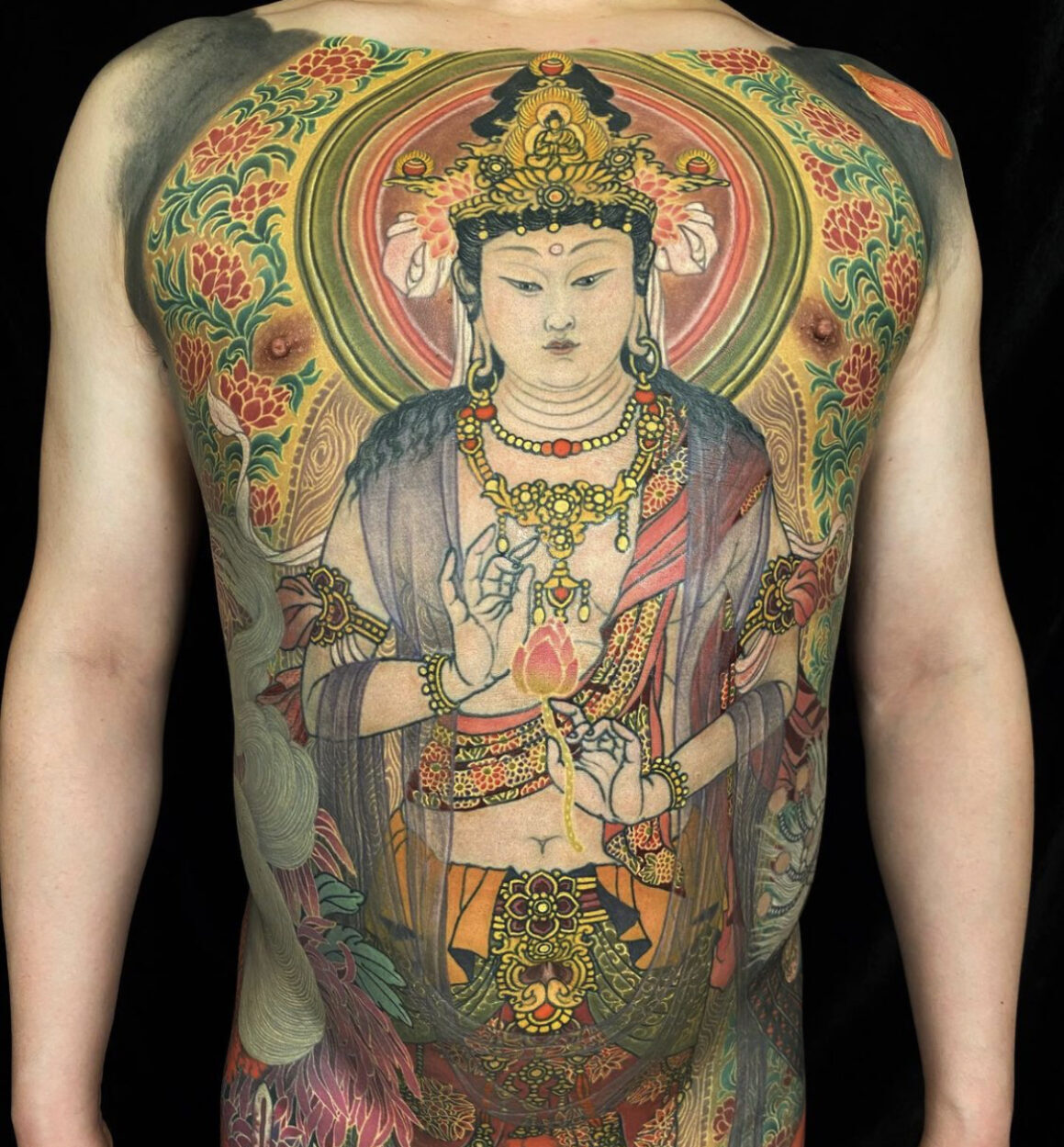
Yebisu is the god of fishermen and fortune as well as keeper of the health of little children. He is a cheerful spirit despite his hard life. Yebisu is usually shown as a chubby fellow wearing a hat and carrying a fishing rod and a fish.
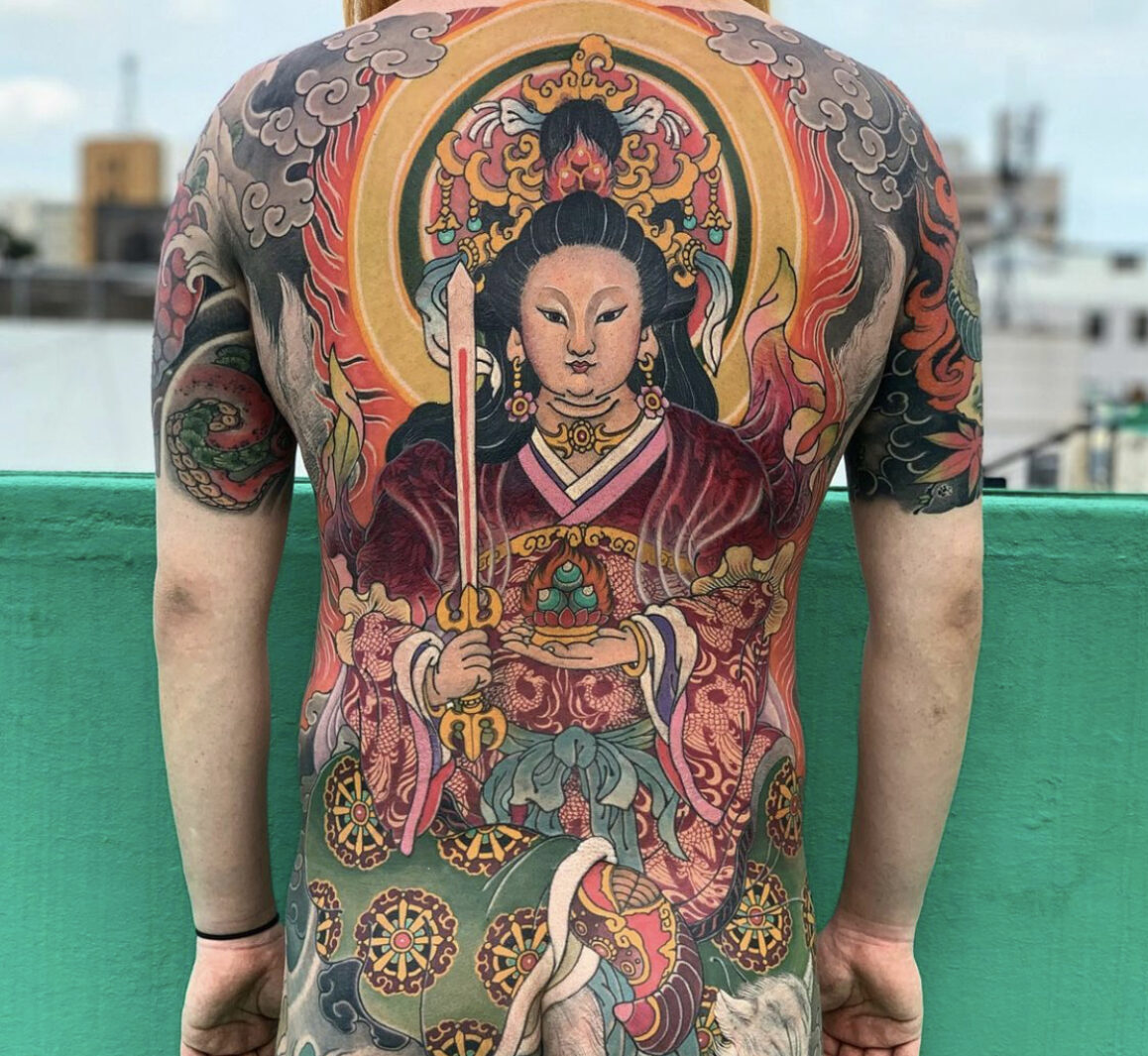
Shitenno (literally: Four Heavenly Kings) are four frightful gods borrowed from Hinduism to protect Japanese Buddhist temples. Each of these gods is associated with a direction, season, virtue and element. In many cases, the Shitenno are shown stamping on demons.
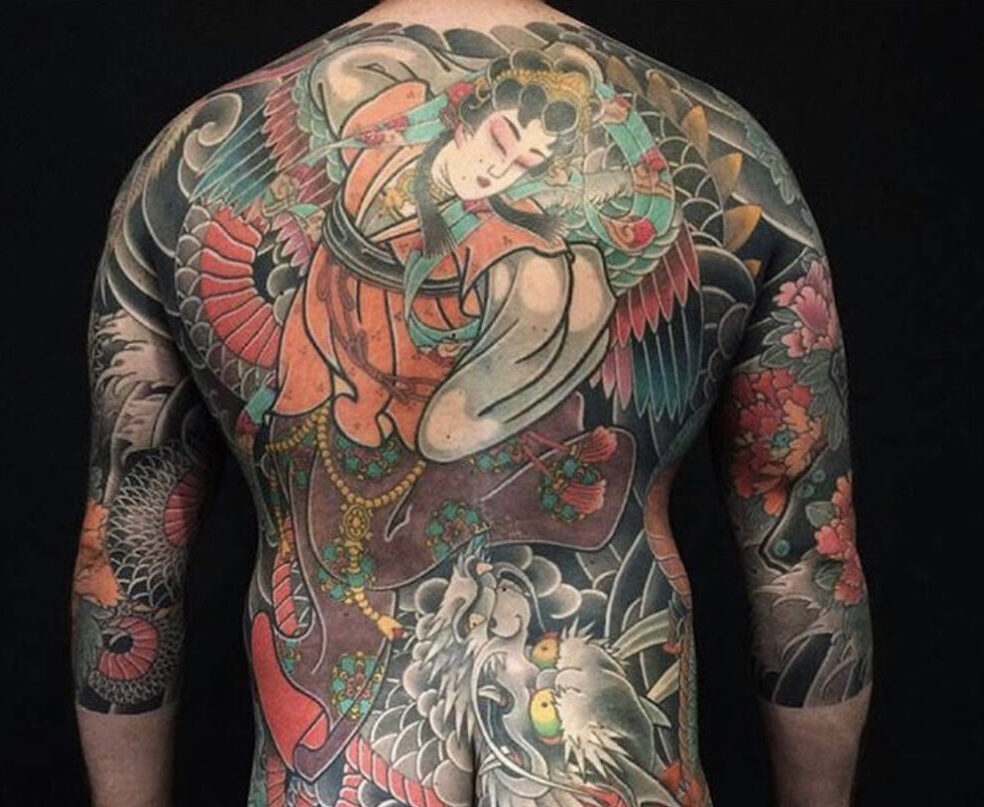
In modern times Tengu are seen as protectors of sacred forests and mountains. These are typically portrayed as monsters or ghosts.
In the article from the Japanese Gallery featured in the new issue of Tattoo Life Magazine, Eddy Wertheim tells the story of the famous Seven Lucky Gods, a group of gods that has consistently held the spotlight throughout the nation’s history, even capturing the imagination of the Japanese of the modern day.
DIGITAL MAGAZINE
Click here and read the article. Download the digital magazine directly on your device.
